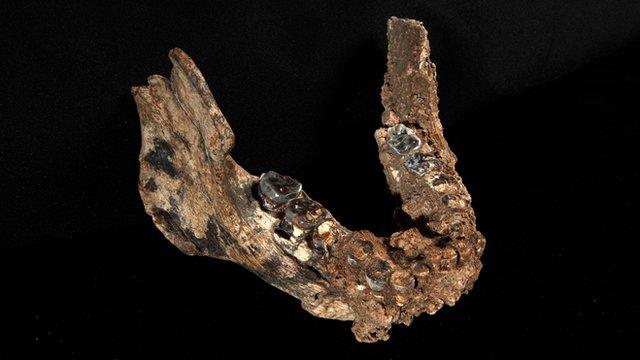Online fossil hunters to help comb Kenyan desert
- Published
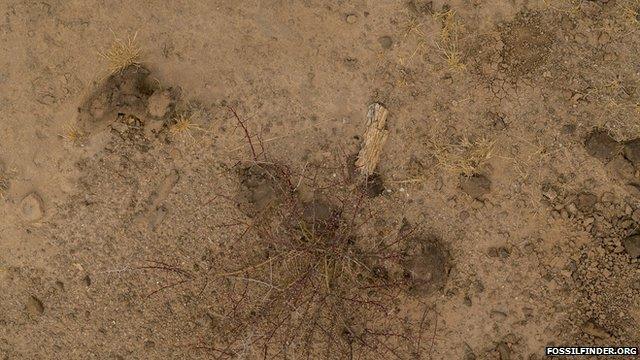
A sample photo, snapped during the team's latest visit, shows the fossil jawbone of an extinct crocodile
Members of the public are being invited to help hunt for fossils in the Kenyan desert, in an online citizen science initiative called Fossilfinder, external.
Volunteers will sift one million images from the arid Turkana Basin, a key area for fossils of early human ancestors.
These photos were taken by archaeologists using a special aerial camera system mounted on kites, drones and other devices.
The site launched on Tuesday at the British Science Festival, external in Bradford.
"It's an opportunity for the public to take part in this immense search for new fossil material at Lake Turkana," Dr Andrew Wilson from the University of Bradford, one of the project's leaders, told journalists at the festival.
"This is a huge amount of material that couldn't be searched by any one person, and it couldn't really be searched effectively by a computerised system on its own."
The Turkana Basin, which surrounds the salt lake of the same name and is rich in fossil-containing deposits, stretches from northern Kenya into southern Ethiopia.
The particular area the researchers are concentrating on contains many fossils between 1.4 and 1.8 million years old. This is a period known for the emergence of the first three species in the Homo genus, as well as key developments like the appearance and spread of tool use among our early ancestors.
"There are major questions to be answered," said Dr Randolph Donahue, another team member from Bradford. "What's the relationship of these different species? Which one turns out to be our ancestor?"
The region is also subject to erosion when heavy rains arrive, which reveals fresh fossils every year.
To ramp up the speed and scale of the surveys already done in the area, led by the Turkana Basin Institute, the UK team has worked with those researchers to build up their bank of images.
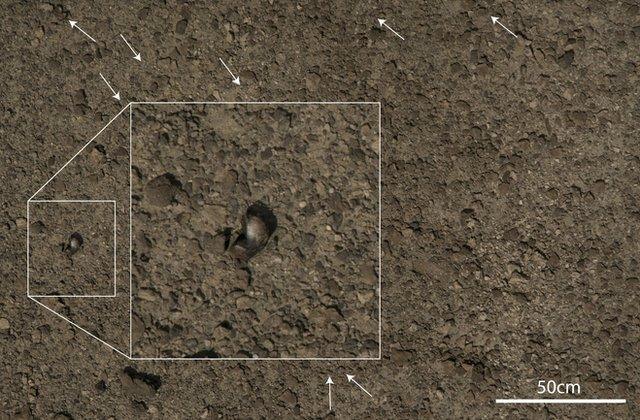
Another example image includes a fish vertebra (enlarged) and fossil bone fragments (with arrows)
Their first tranche of photos covers several square kilometres of ground at a resolution of 3mm per pixel, including large rectangular areas and long strips of land deliberately chosen to criss-cross important locations in the basin.
As well as building up a large-scale view of the environment and its density of fossils, the information volunteers provide about the pictures will help identify the most promising locations for archaeologists to visit in person.
Team effort
Visitors to fossilfinder.org, external will be shown images of Turkana Basin land and asked a series of questions - initially categorising the terrain as rocky or sandy, for example.
"After they get through talking about the different stones and different kinds of sediments, they get to more interesting questions about what sort of fossils and artefacts they might be seeing," Dr Donahue said.
These items might range from ancient tools to mollusc shells, mammal bones, or even ancient hominin remains.
The citizen scientists will not be making their decisions alone - each image will be shown to 10 individuals to ensure the results are as robust as possible.
And there is also the possibility for teamwork.
"There's a forum - so if you've got an image that you're not quite sure what's in it, you can click on a button and post it. And then the community gets involved," explained Dr Adrian Evans, another of the project's leaders from the University of Bradford.

The Turkana Basin is a large, arid region known for its rich fossil-containing deposits
Dr Evans and his team will keep volunteers informed through blogposts as the results build up - and there may even be other rewards.
"Maybe if somebody finds a new fragment from the latest 1.4 million-year-old hominin, they'll get a chance to be on the committee that names it.
"They might even get a 3D print, if it's a particularly nice fossil."
The website was built on a software backbone provided by the successful citizen science initiative Zooniverse, external.
Prof Chris Lintott from the University of Oxford, Zooniverse's founder, said Fossilfinder marks an exciting departure.
"We have new tools for people to be able to build their own projects - and this is the first project to use that new infrastructure," he told the BBC.
"The project looks great. I'm really excited about it, and we're sure that our army of citizen scientists will be very excited by it."
Follow Jonathan on Twitter, external
- Published20 May 2015
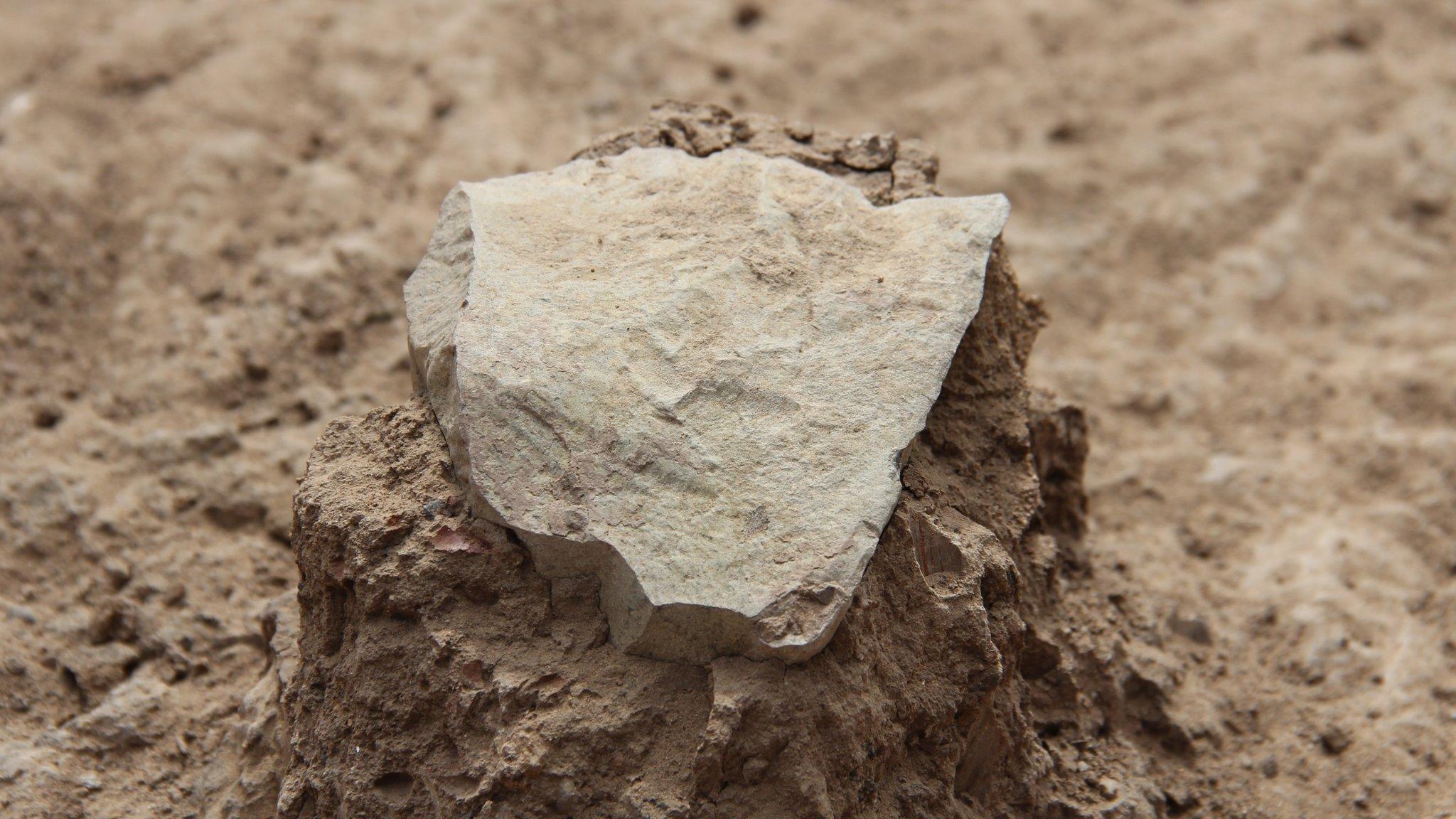
- Published17 December 2013
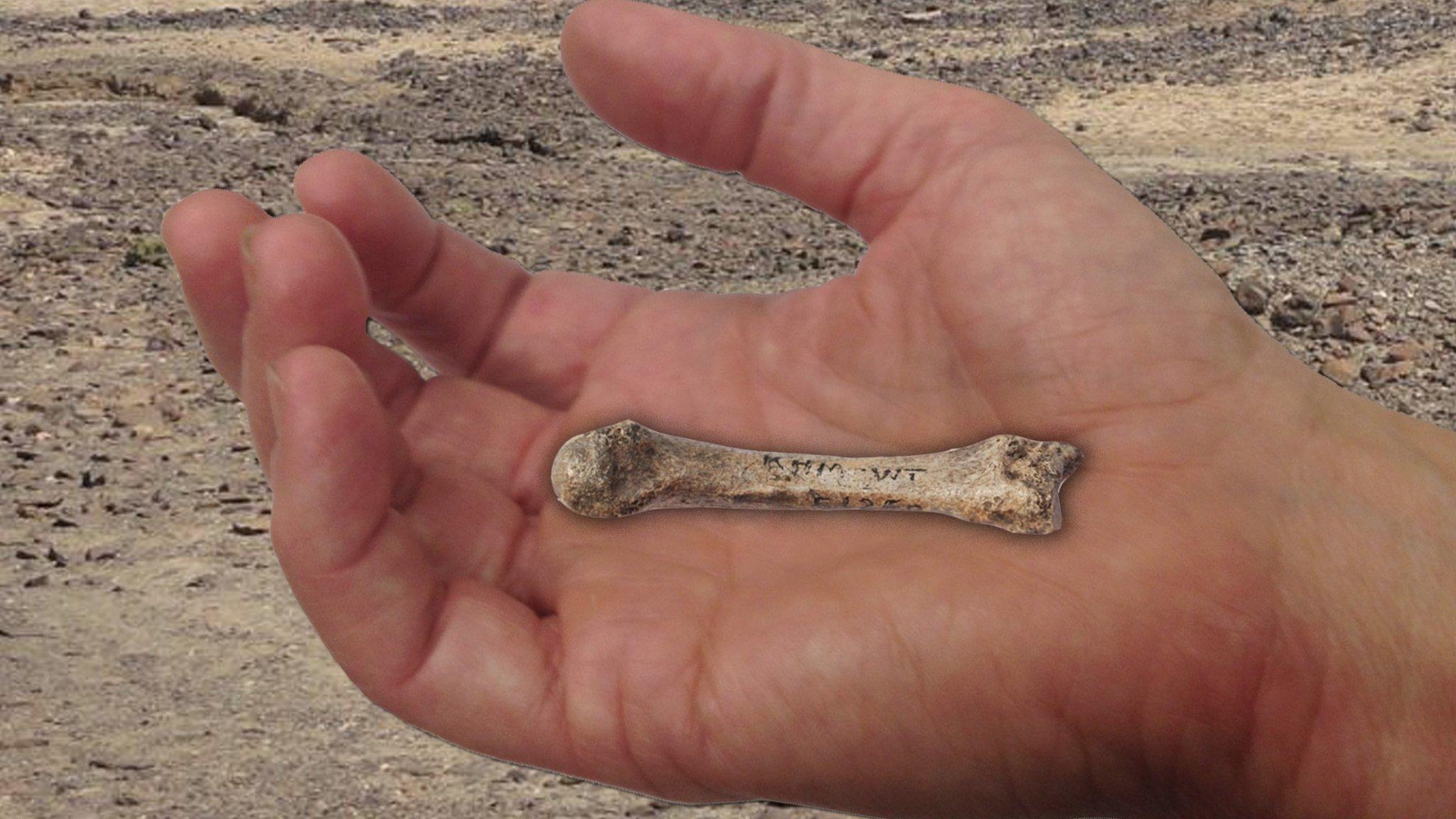
- Published15 September 2012
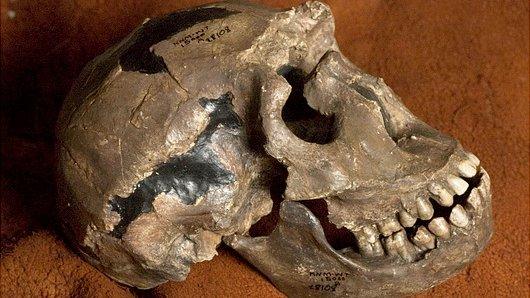
- Published8 August 2012
